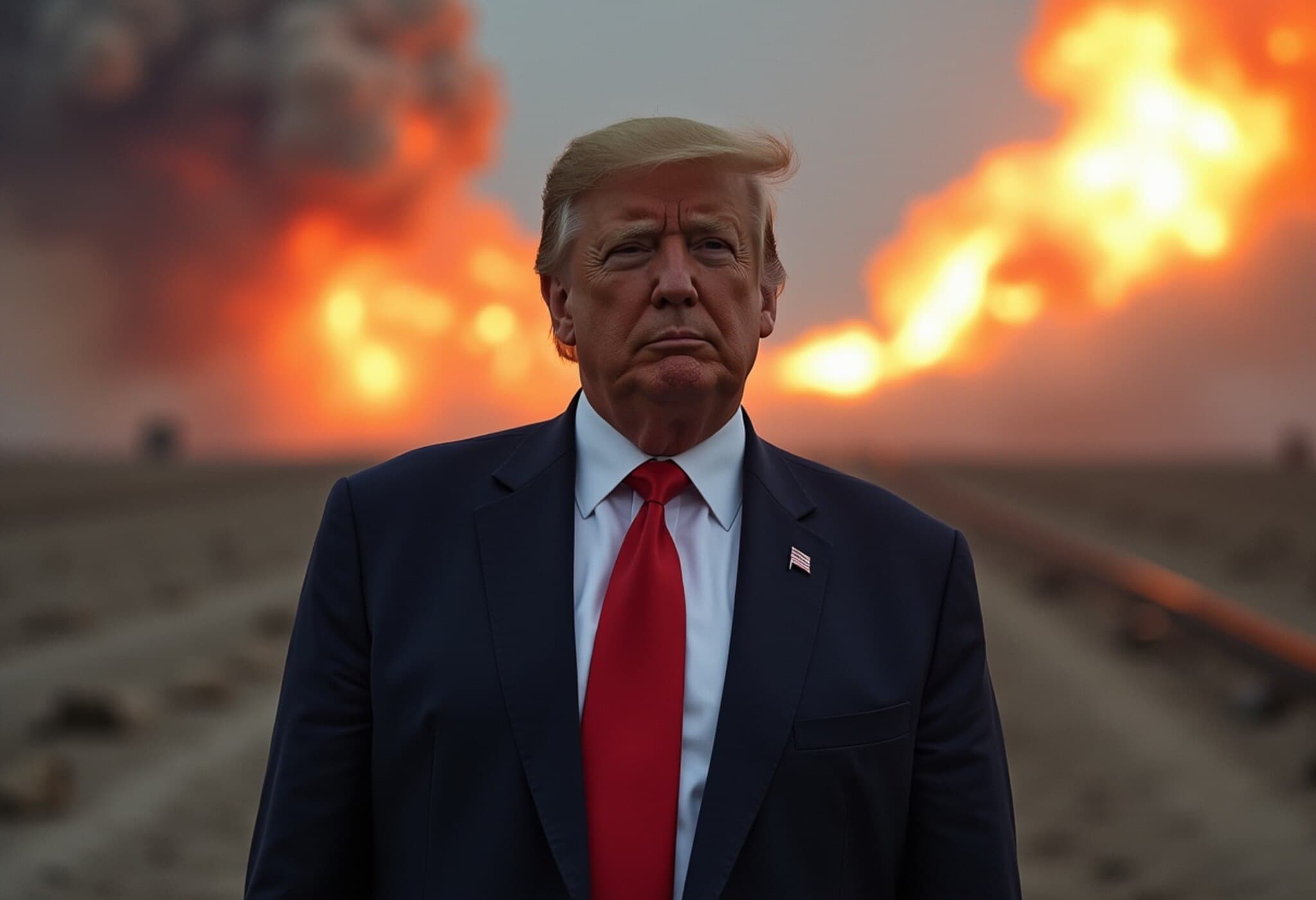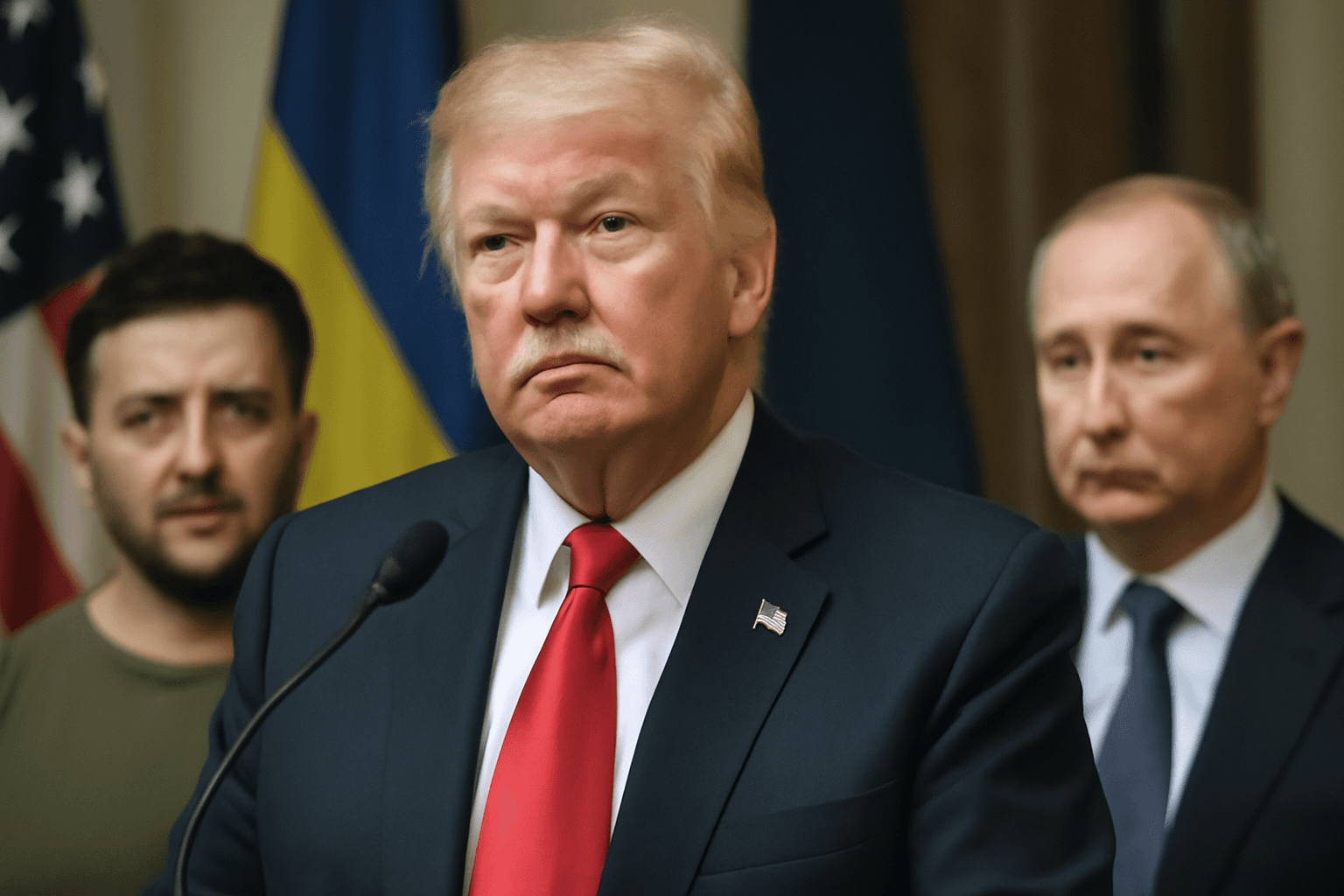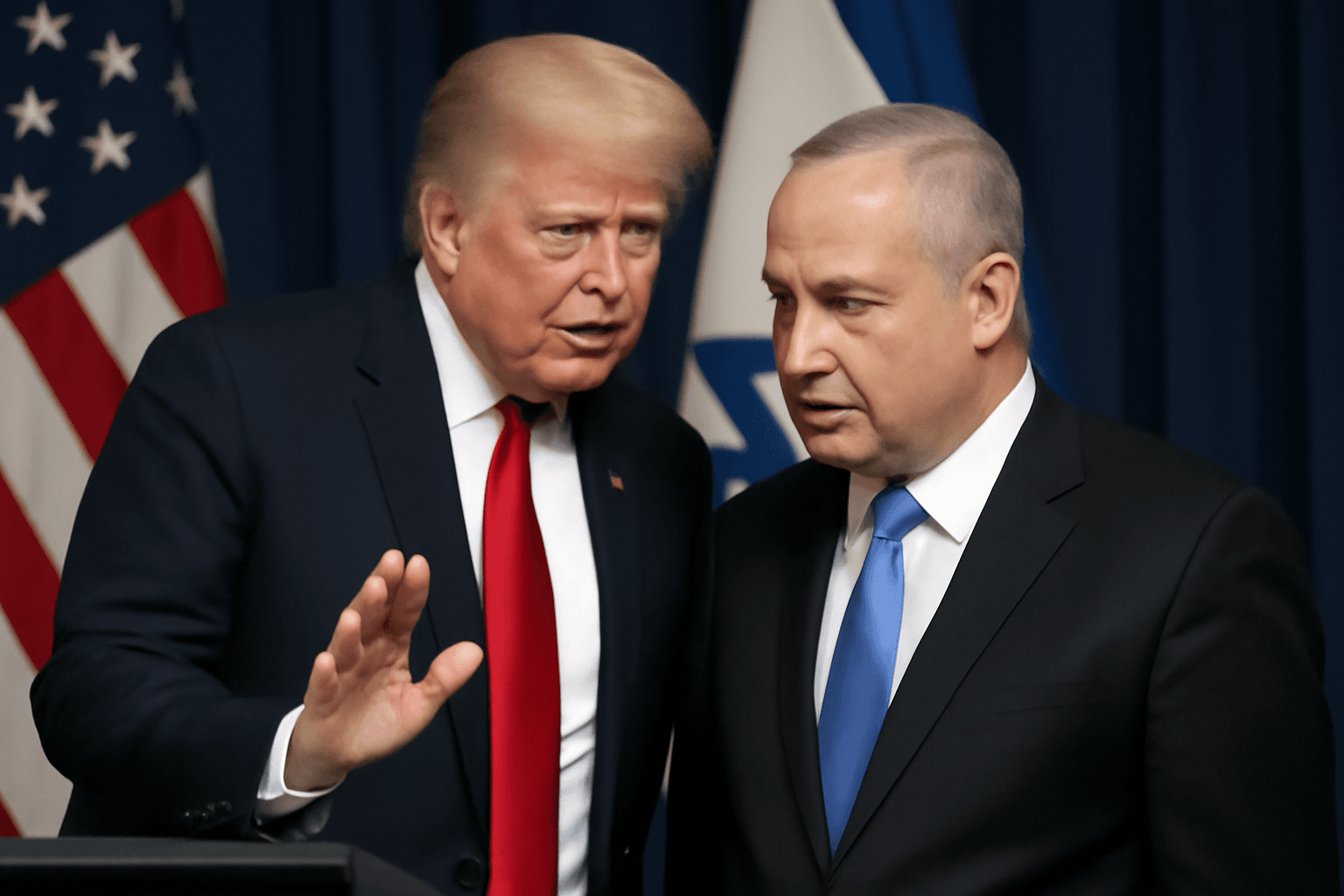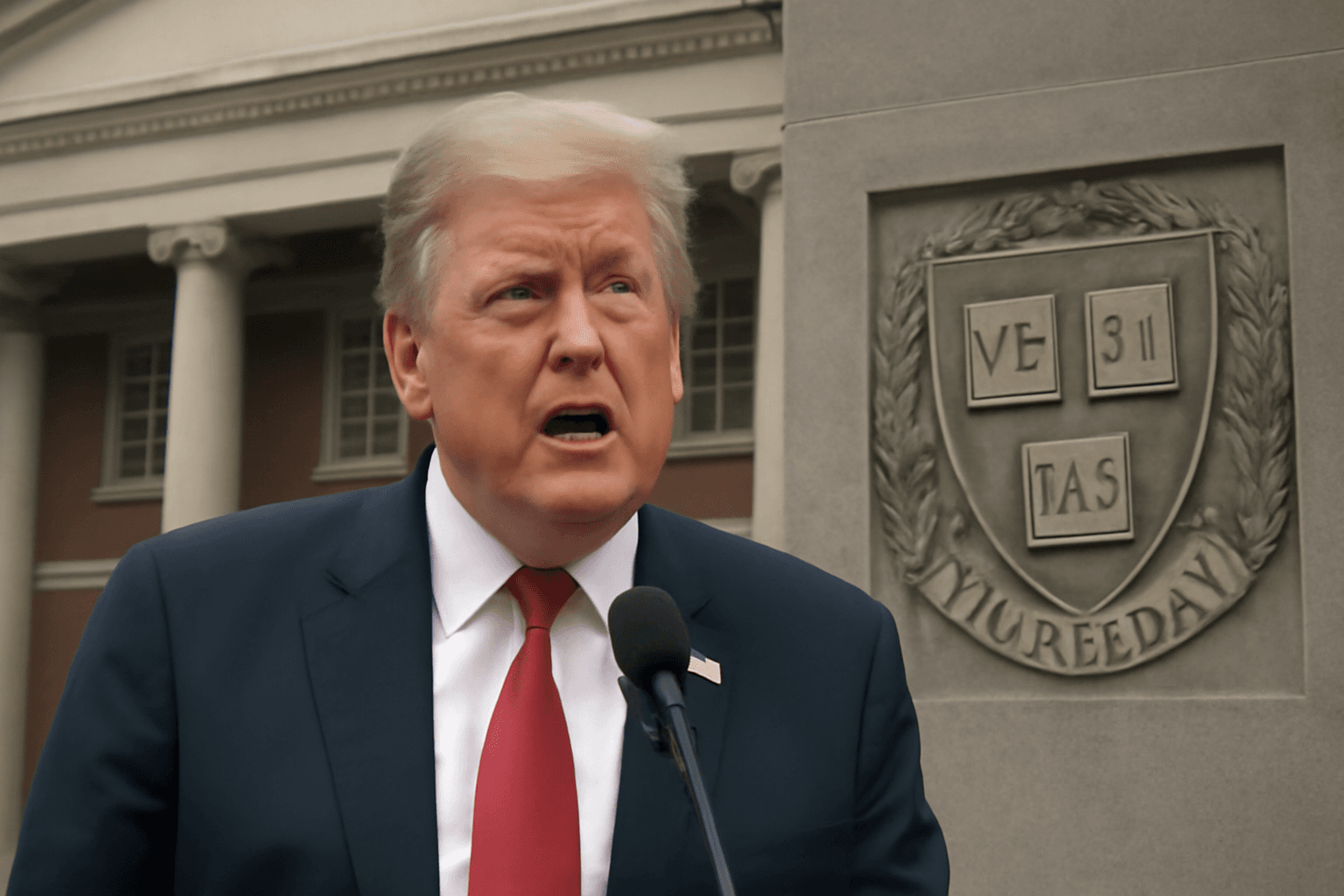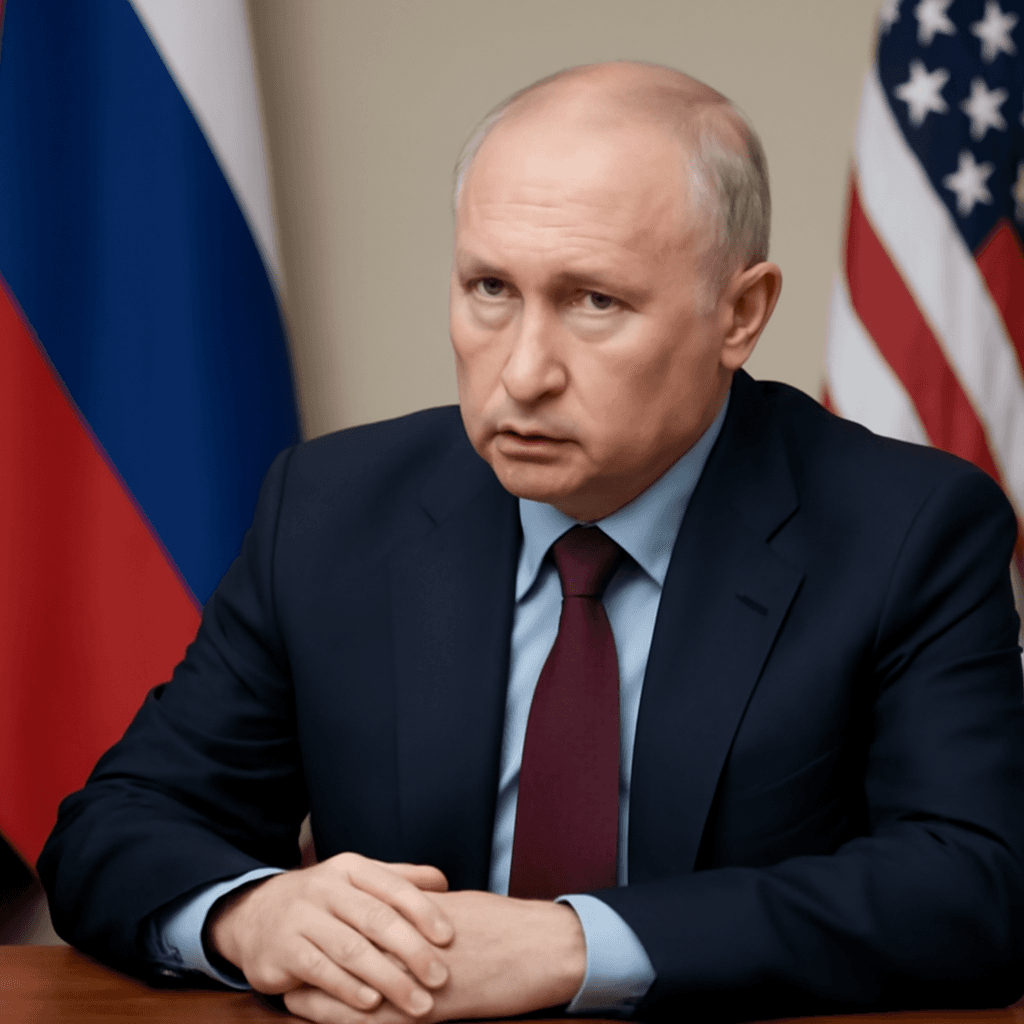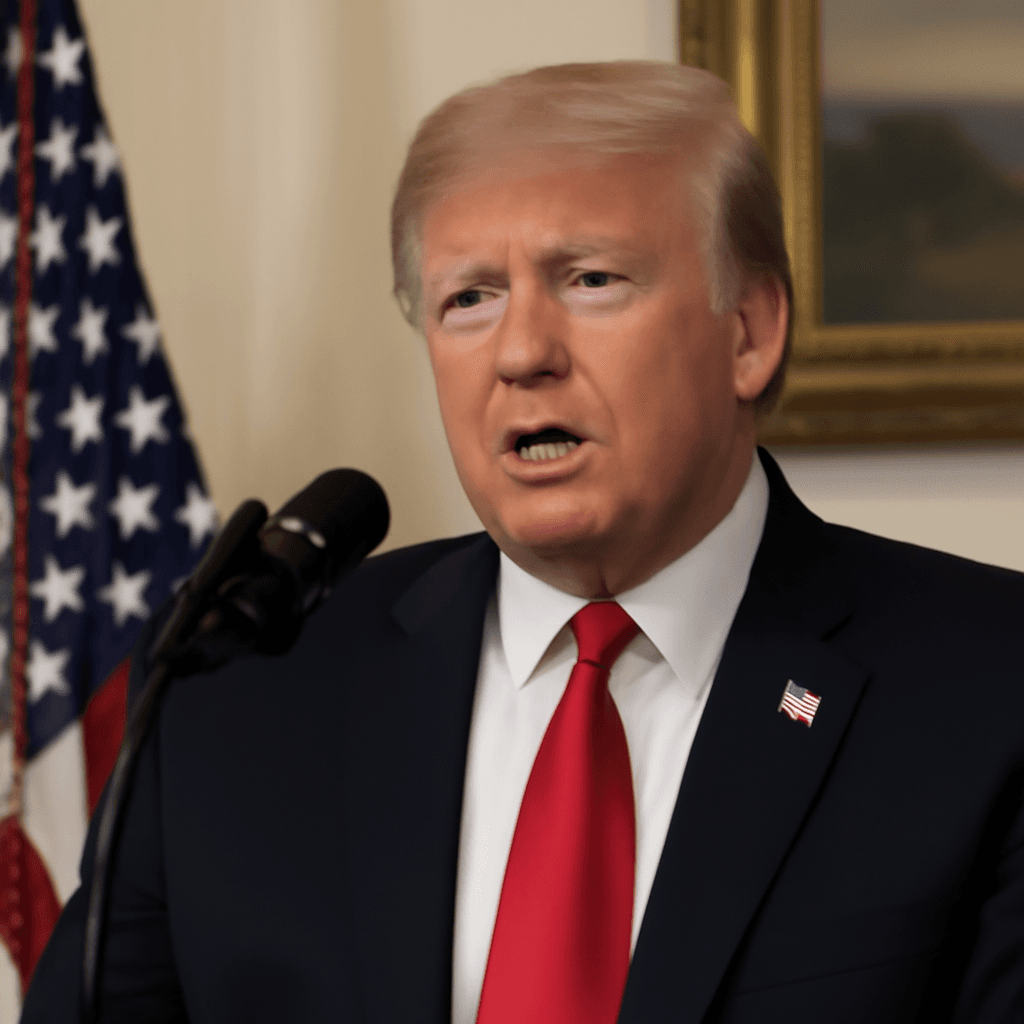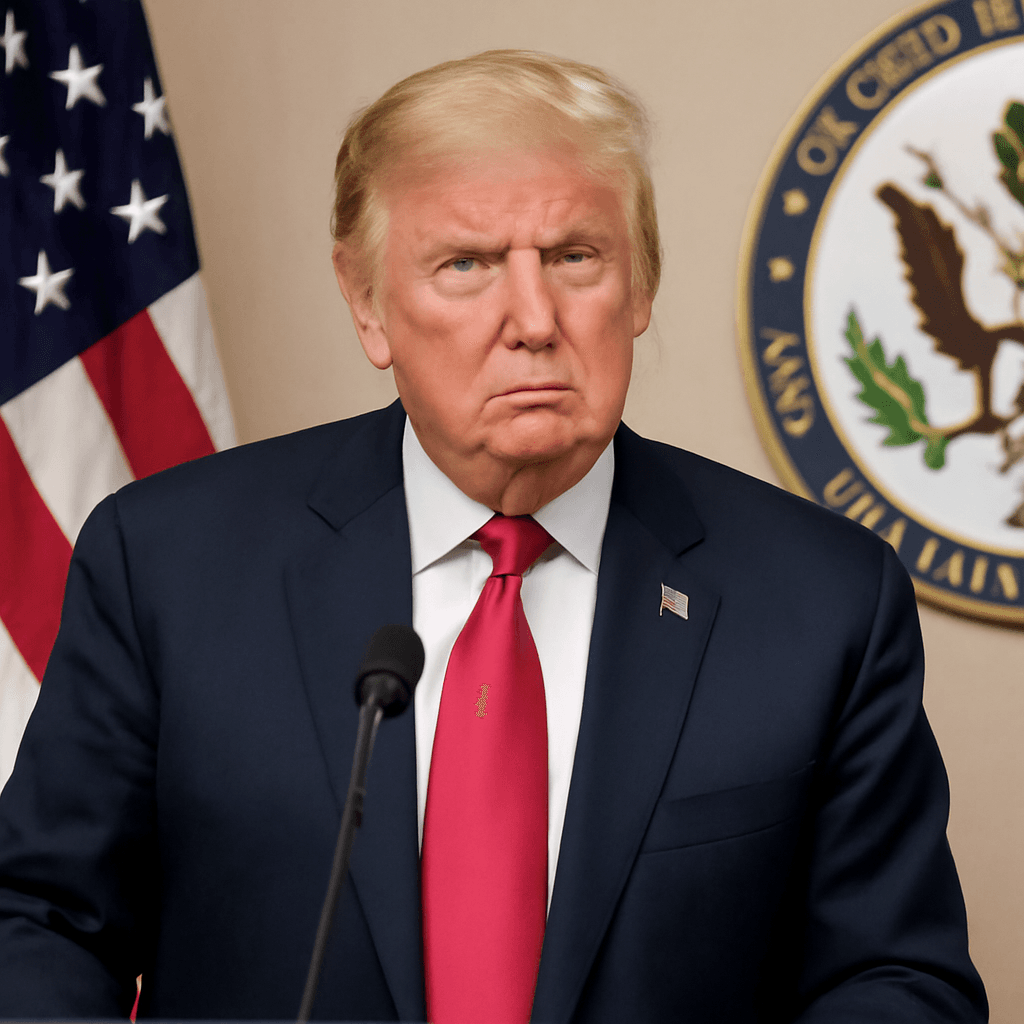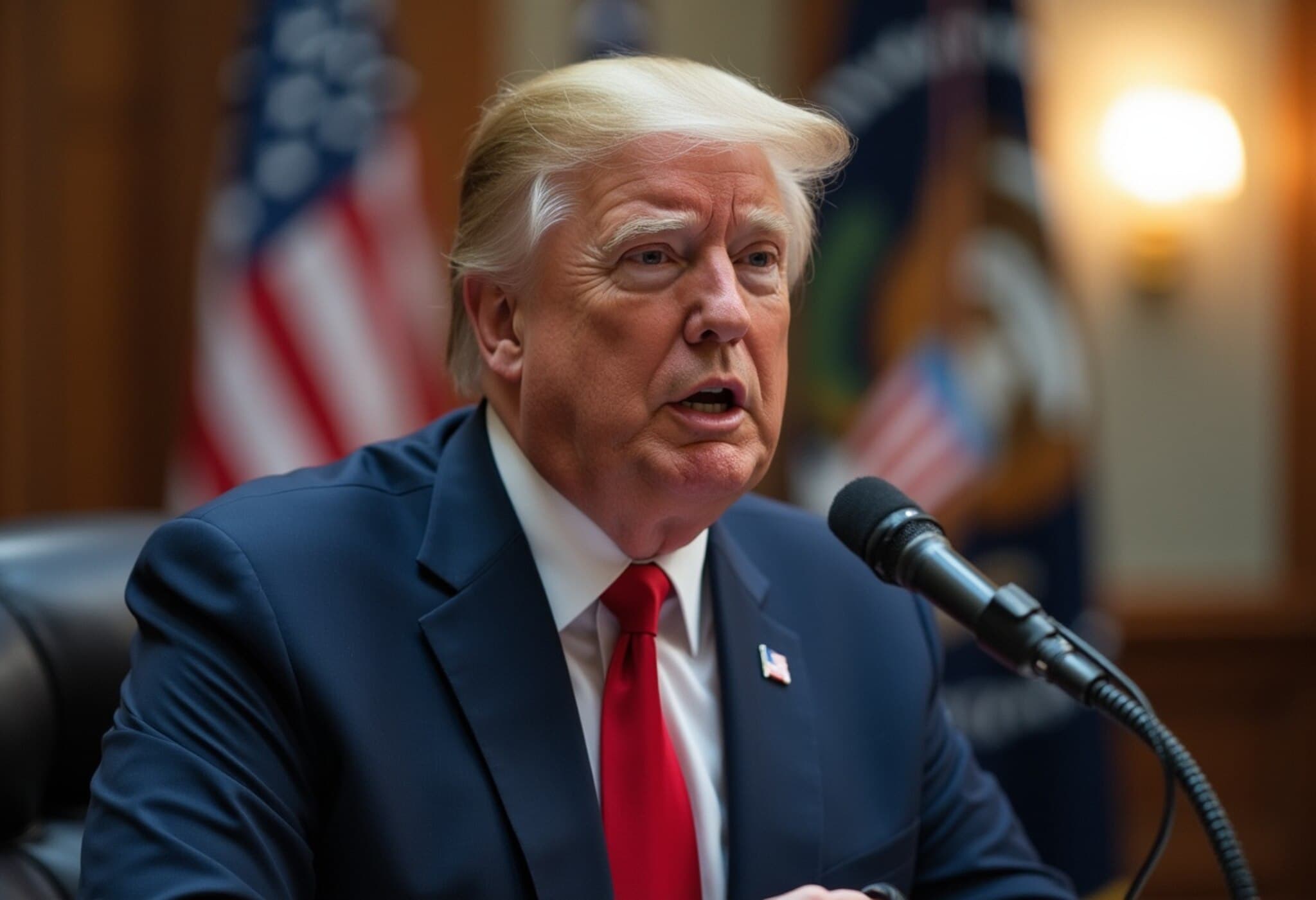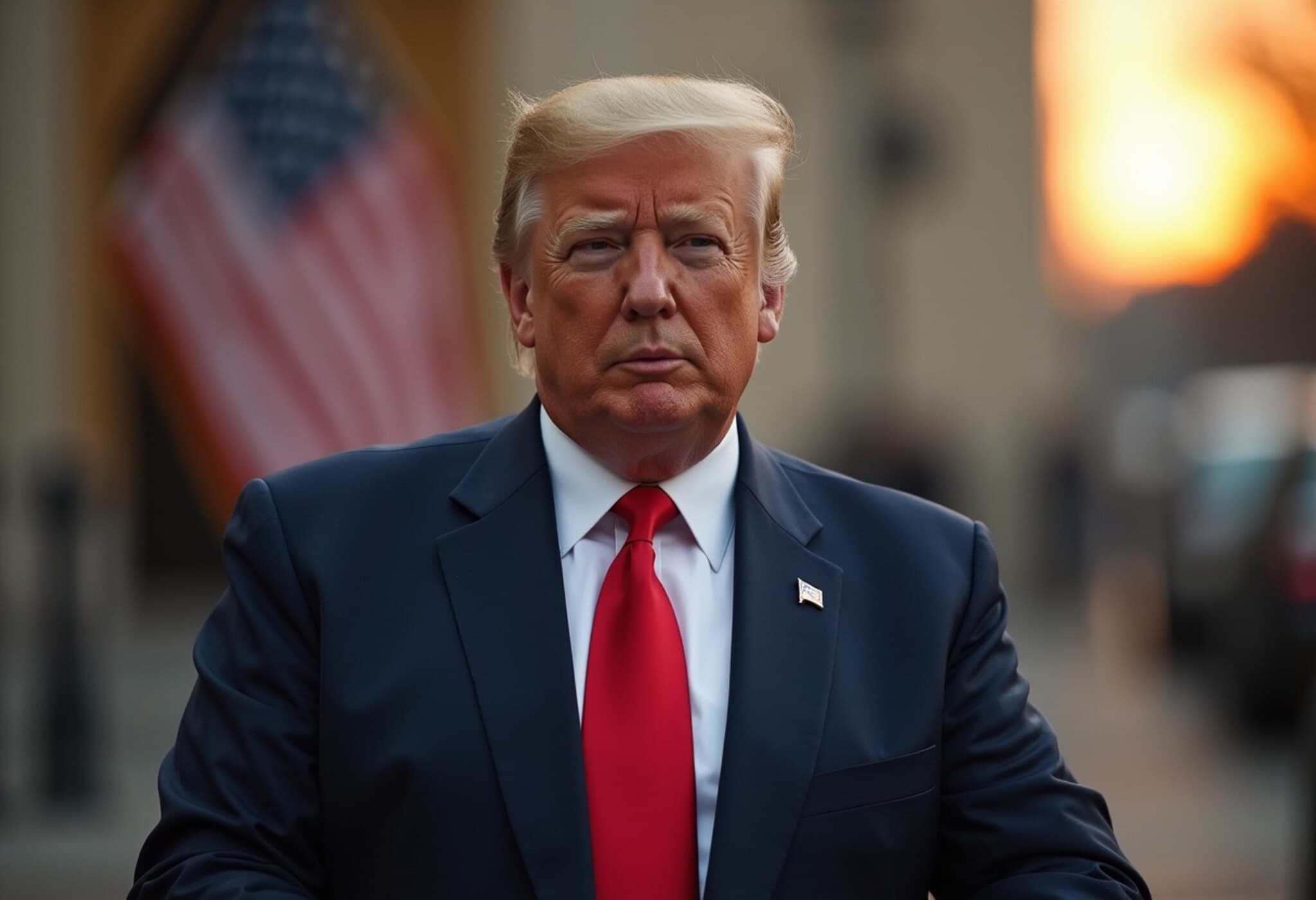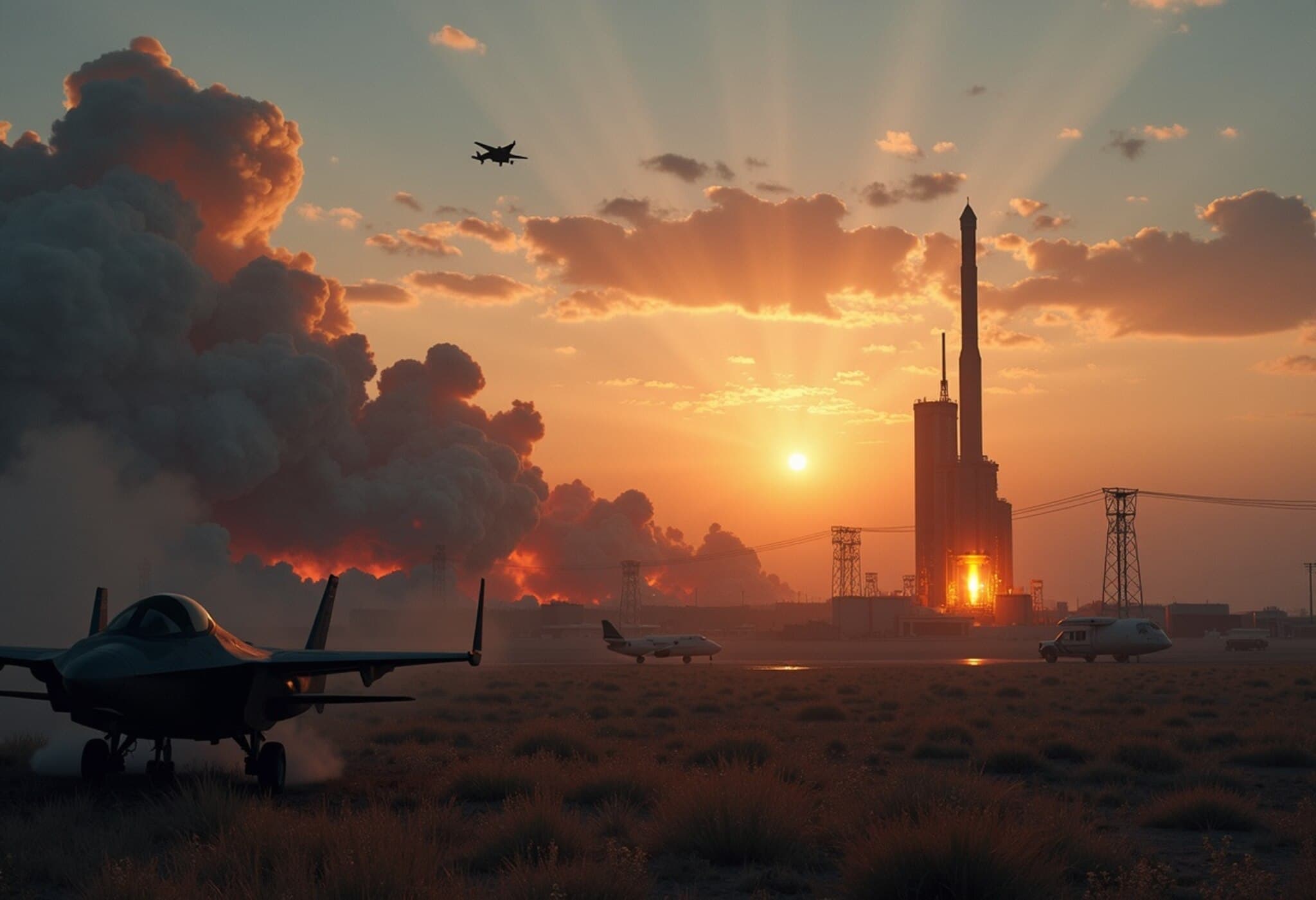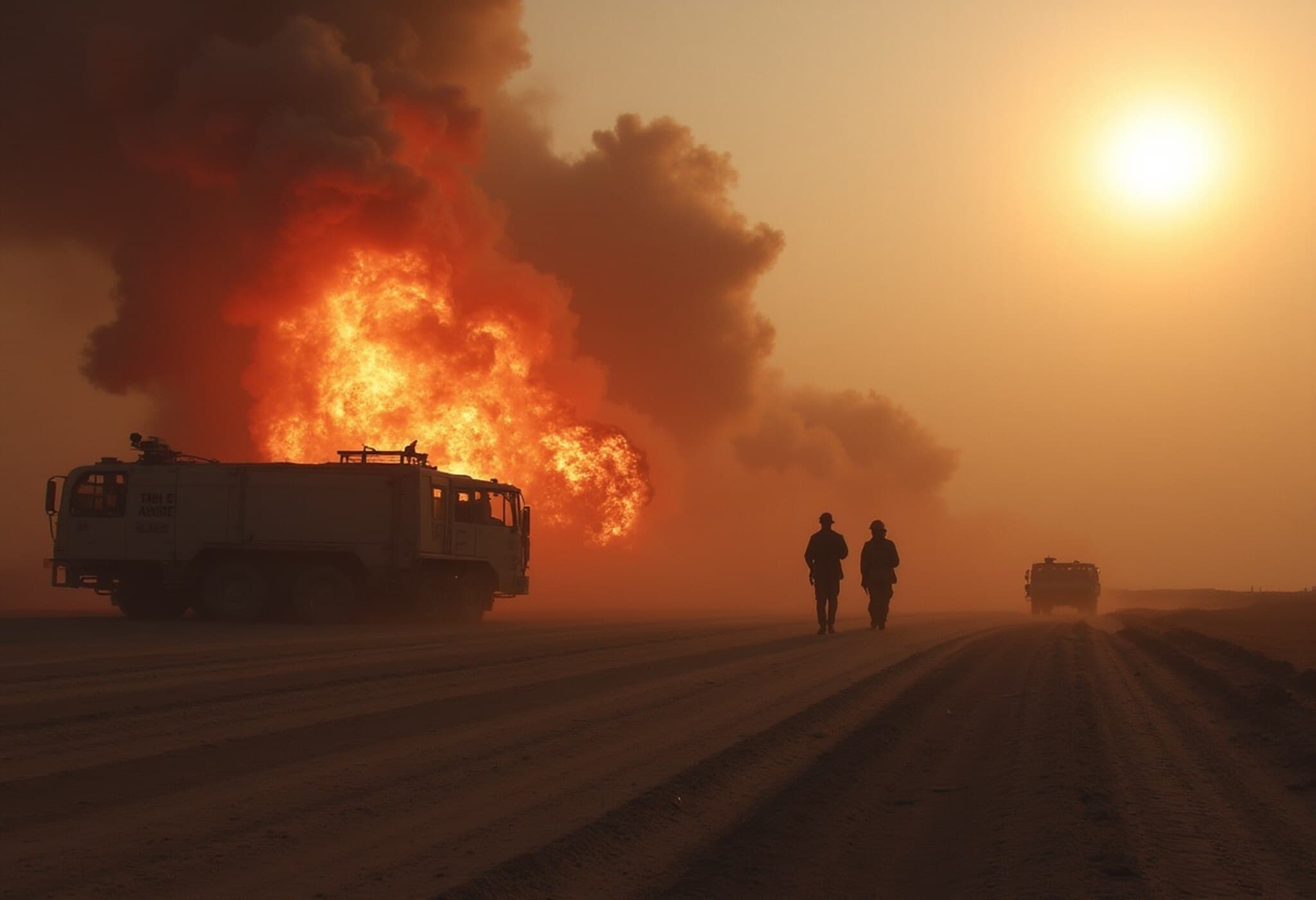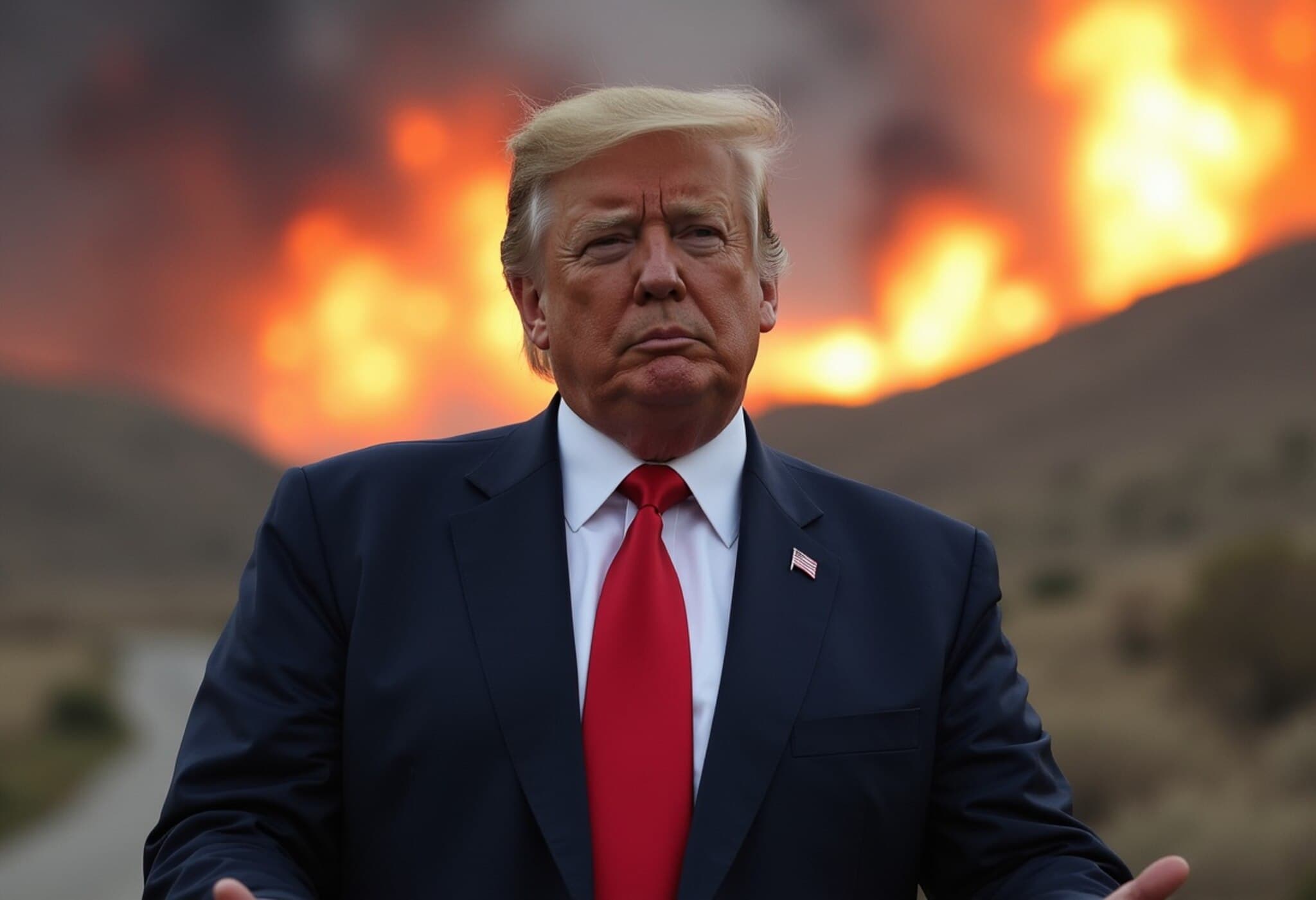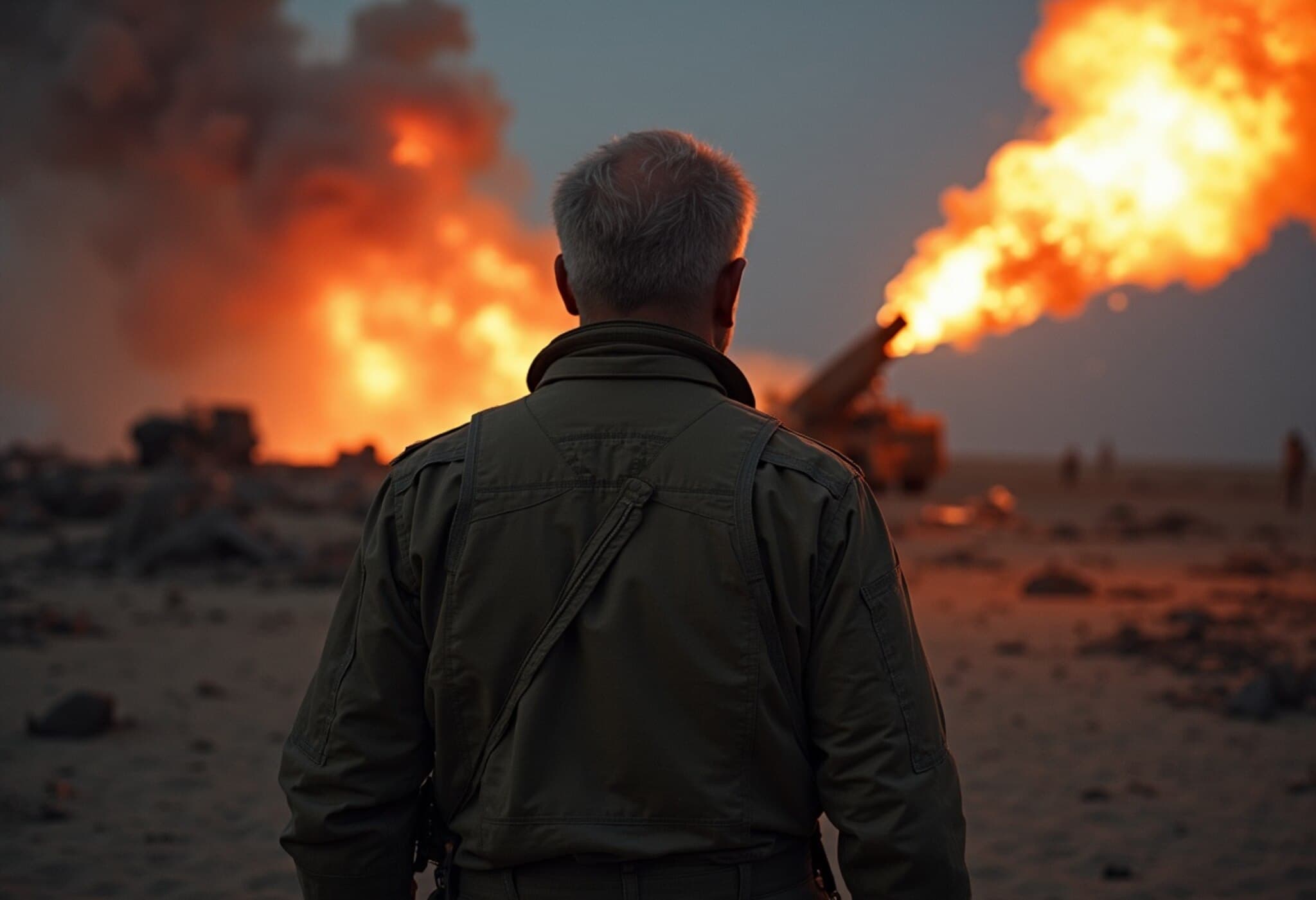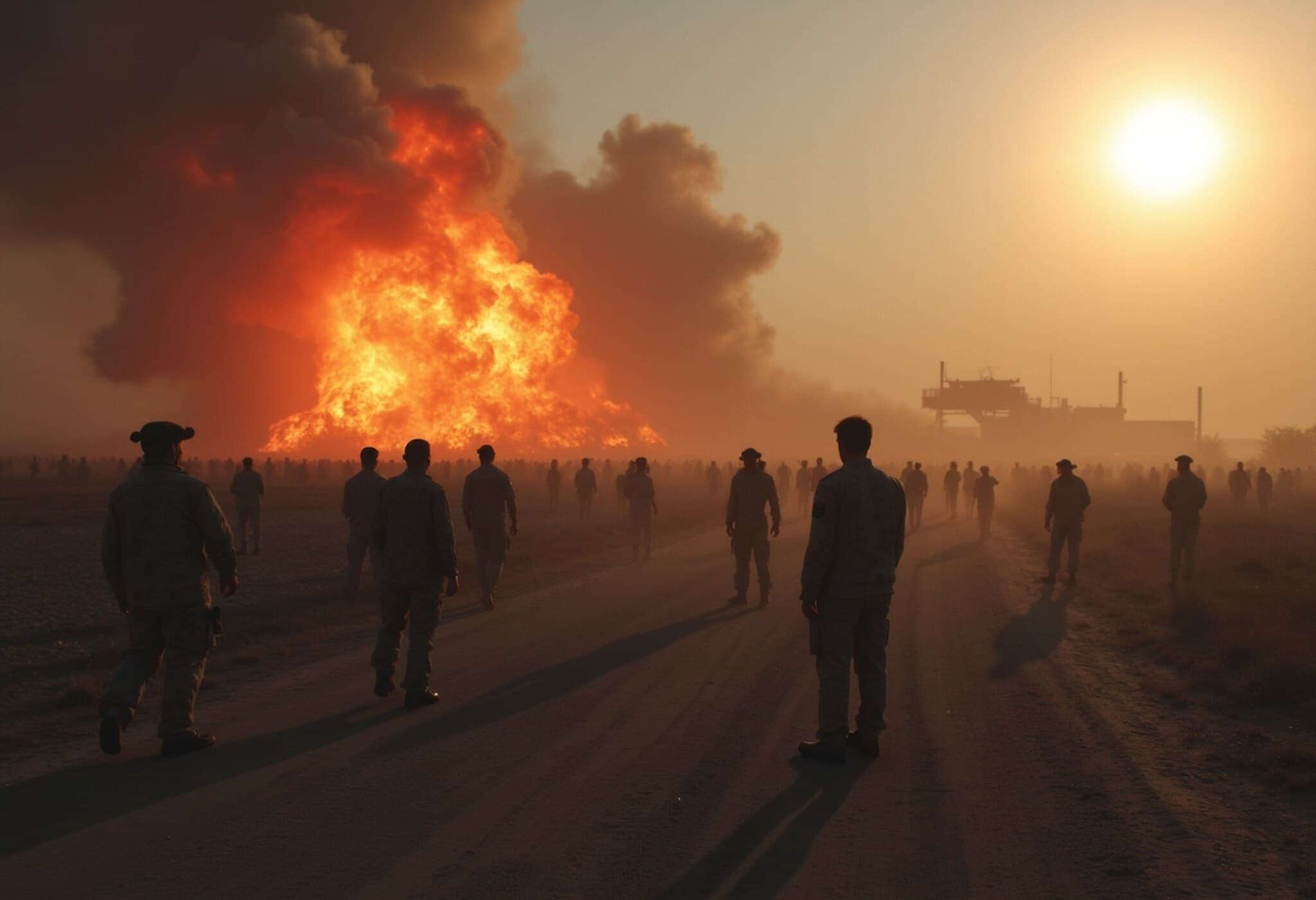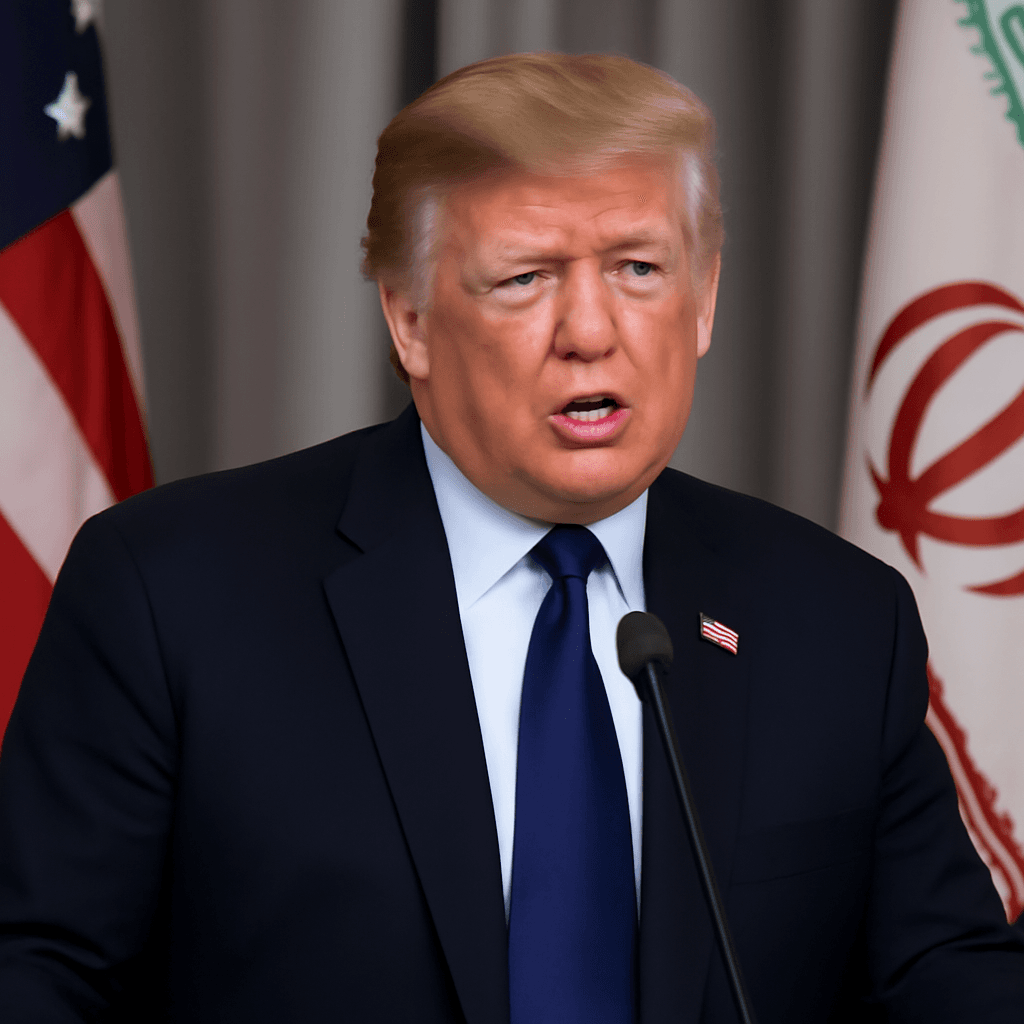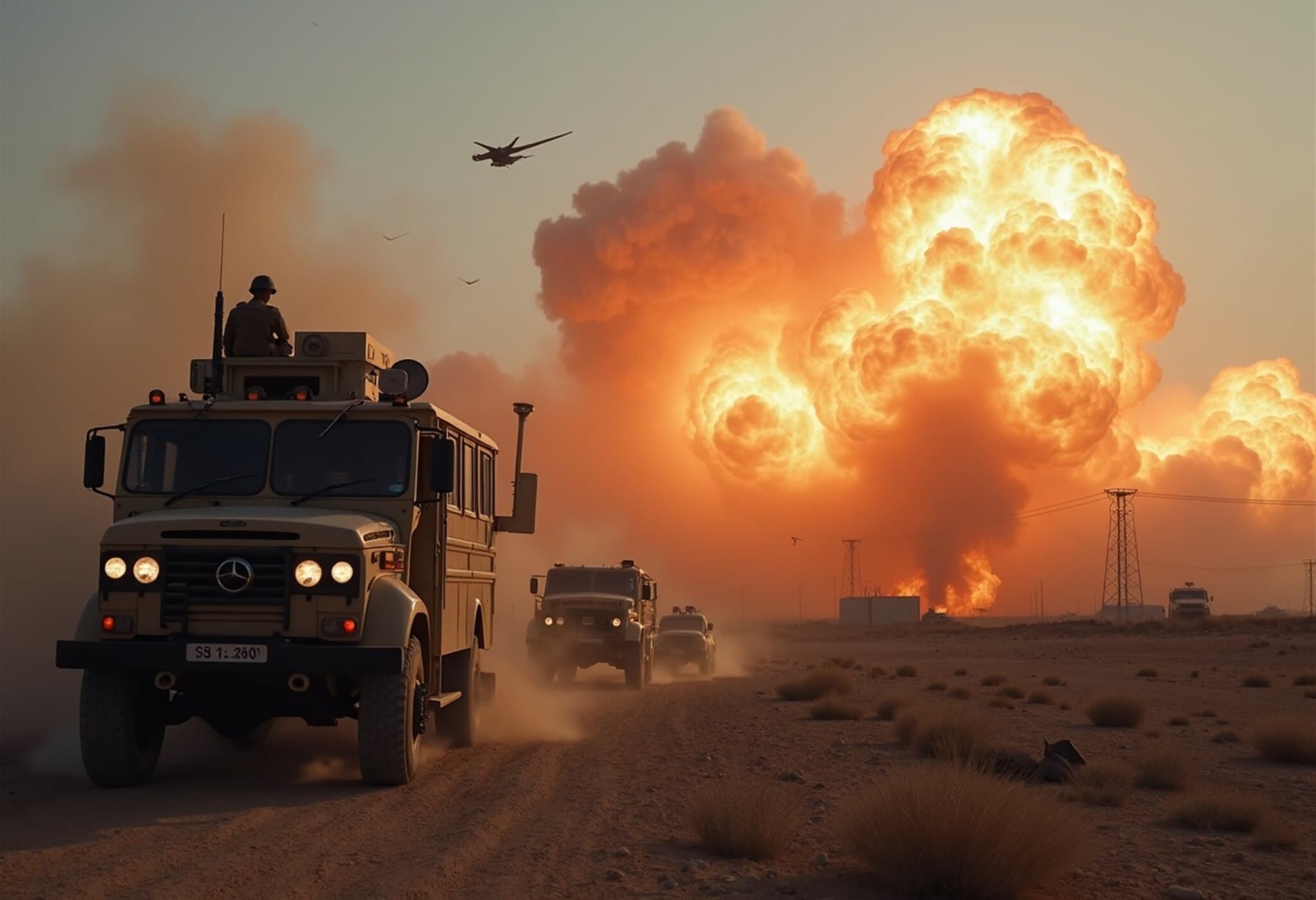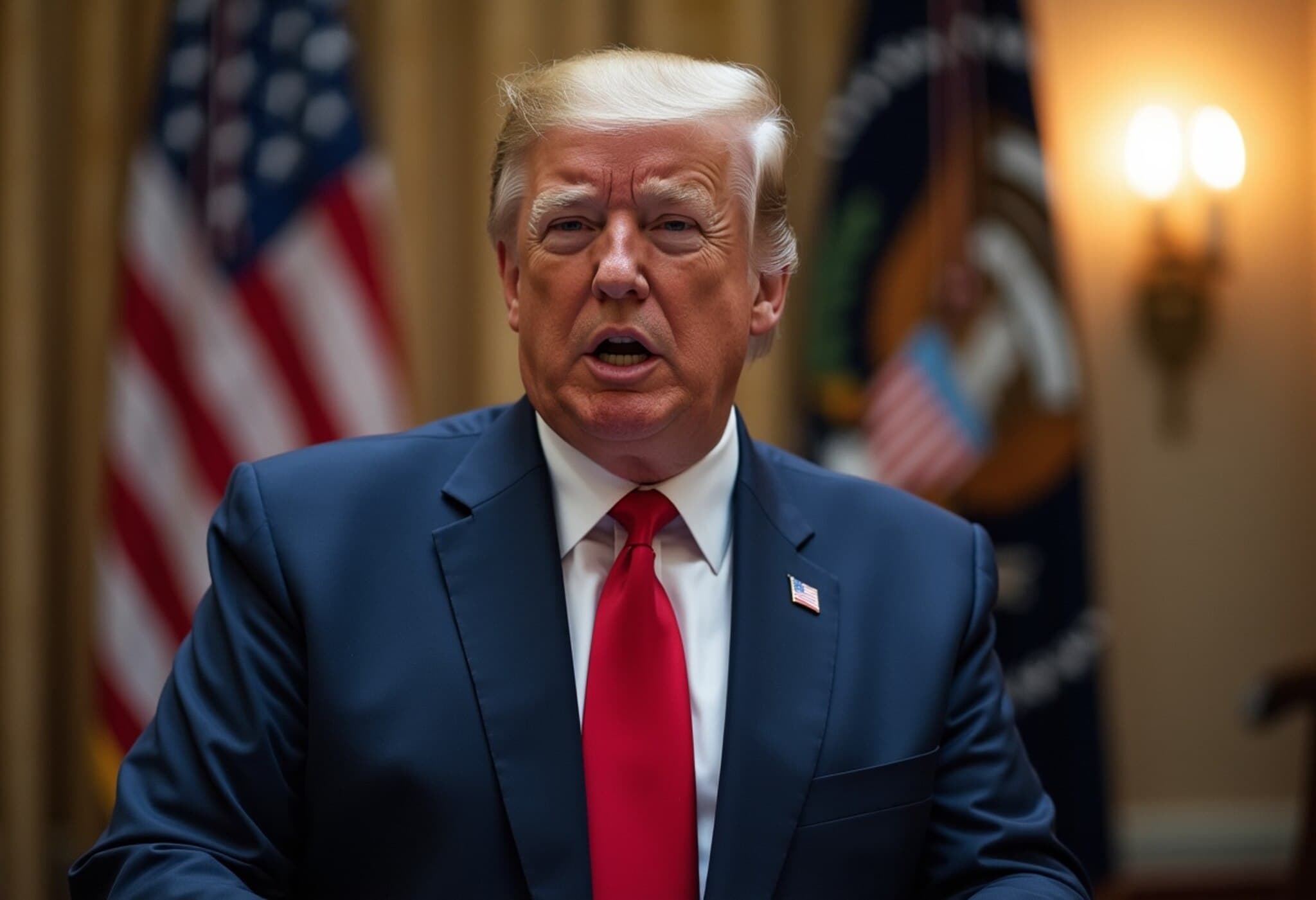Trump's Bold Move Marks a New Era in US-Iran Relations
In a significant escalation of tensions between the United States and Iran, President Donald Trump authorized a precise military strike on Iranian nuclear facilities. This marked the first major American military operation on Iranian soil since 1979, signaling a sharp shift in longstanding U.S. policy.
Secretive Planning and Swift Execution
The mission, dubbed Operation Midnight Hammer, was executed under a veil of intense secrecy. A fleet of B-2 stealth bombers carried out the attack mere hours after President Trump returned from a golf outing, showcasing the element of surprise. In a characteristic fashion, Trump publicly congratulated the military immediately after the operation, emphasizing America's unmatched capabilities and expressing a desire for peace.
A Glimpse Inside the War Room
Official photos from the classified Situation Room captured Trump, sporting his signature red MAGA hat, alongside key advisers like CIA Director John Ratcliffe, Defense Secretary Pete Hegseth, and Chief of Staff Susie Wiles. Notably absent was the National Intelligence Director Tulsi Gabbard, amid rumors of internal disagreements. These images, while echoing the dramatic style of historical operations, carried a unique blend of spectacle and strategic documentation.
Months in the Making: The Strategic Facade
Despite public uncertainty, the strike was well underway behind closed doors. While Trump hinted at deliberating for weeks, after approving detailed plans days earlier, the operation was already set in motion with bombers airborne by early Saturday. Officials later admitted the public delay was a deliberate ruse to mislead Tehran.
The Core Issue: Iran's Nuclear Ambitions
The heart of the conflict lies in Iran's steadfast refusal to halt its nuclear enrichment program. Diplomatic talks in Geneva reached a deadlock when Iran demanded an end to military threats in exchange for negotiations. Trump remained firm, demanding complete dismantlement, accompanied by explicit warnings to Iran's Supreme Leader about the consequences.
Behind-the-Scenes Dynamics
While military assets crossed global skies, Trump engaged in a fundraiser, maintaining an air of normalcy. Vice President JD Vance was en route from California, and inside the Situation Room, a loyal circle coordinated the operation, including key political and media figures to galvanize support. The strike also served as a calculated political signal meant to resonate with Trump’s base across ideological lines.
Global Reactions and Strategic Implications
Timing was critical. The US strike followed closely on the heels of an Israeli offensive against Iran, with shared intelligence and regional dynamics informing the decision. Military experts viewed the joint pressure as advantageous, reflecting a coordinated approach rather than an isolated action. Even cautious voices within the administration, like Vice President Vance, ultimately endorsed the plan after thorough scrutiny.
The Weapon – A Precision Bunker Buster
The strike utilized specialized munitions designed to penetrate fortified underground sites, underscoring the targeted intent to dismantle Iran’s nuclear capacity without broader conflict.
A Pivotal Turning Point With Uncertain Outcomes
This bold move breaks decades of restraint by previous administrations when it comes to direct military strikes on Iranian territory. As US and allied diplomats scramble to contain fallout, Iran’s likely retaliation casts a shadow over regional stability. Officials acknowledge the unpredictability surrounding the timing of Trump's final decision and emphasize the unprecedented nature of this operation.
Looking Ahead
With European allies briefed and the geopolitical landscape shifting rapidly, the world watches closely. Whether this marks a lasting deterrence or sparks further conflict remains to be seen, but the message is clear — the era of cautious diplomacy with Iran has been dramatically altered.

